This is not groundbreaking stuff. I’m not the first to experiment with pushing and pulling Ilford HP5 but it’s my first time experimenting with it. I make no secret of the fact that Ilford HP5 is not my favourite film stock. However it’s versatility is brilliant and I will admit that some of my favourite shots that I’ve taken were shot on it, but it doesn’t wow me. I also find that it often moves too far into the realm of grain for my tastes.
The reason many people choose to shoot it is the fact that you can successfully pull and push the film and still get good results. There are many, many articles which deal with this but even so, I wanted to share my initial test rolls and my thoughts with you, as an amateur.
Shot and developed at ISO100
Overall I wasn’t massively impressed. It was quite nice in slightly darker or higher contrast situations.
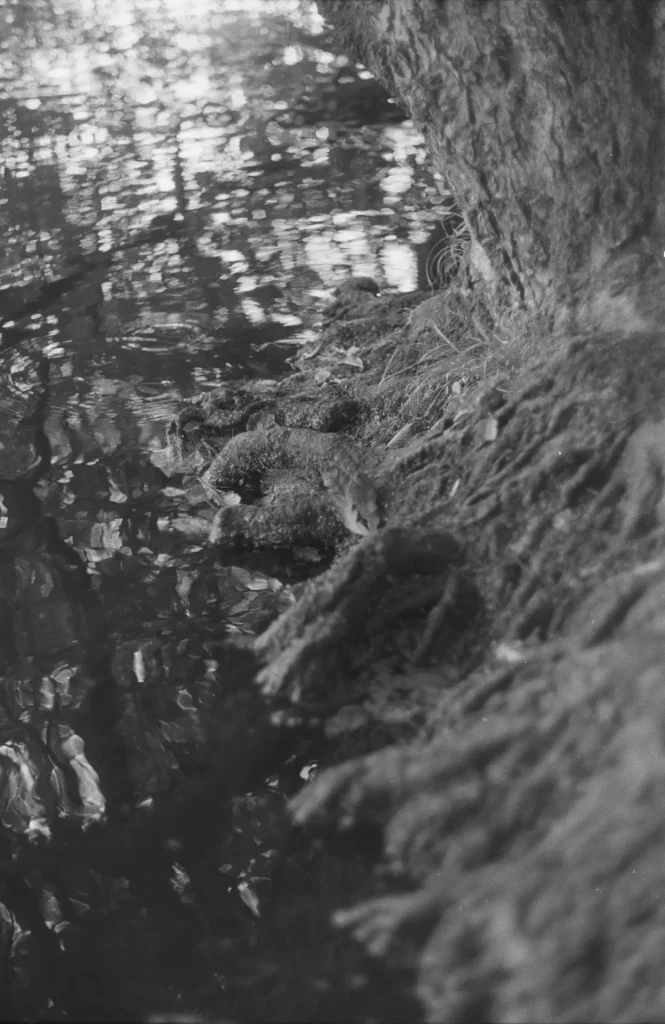
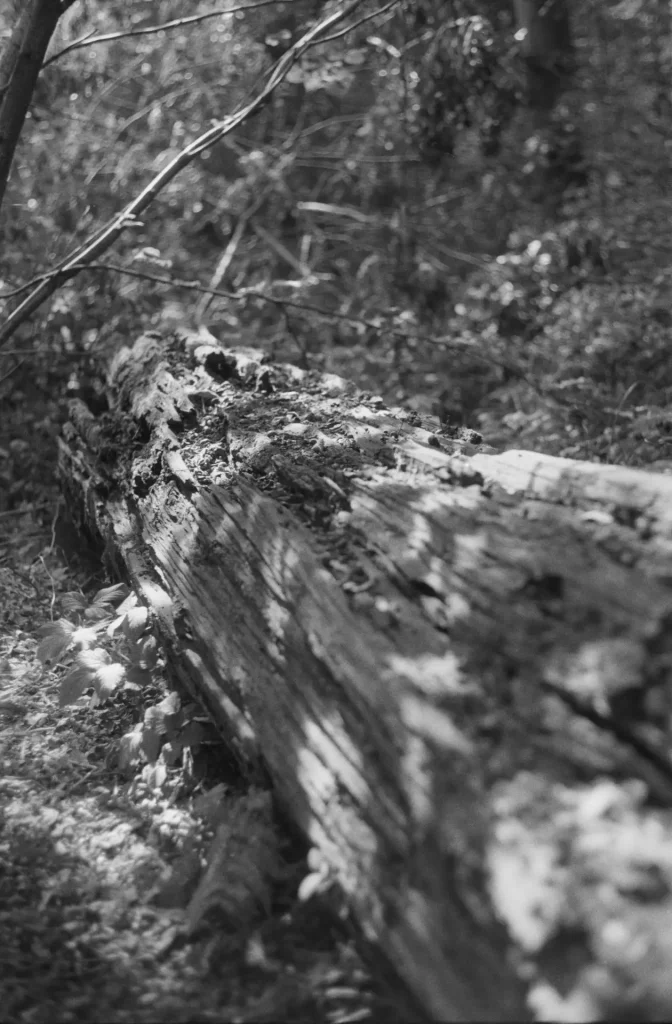

In bright situations it was quite flat and dull. The images appeared a bit washed out and I struggled to pull any contrast out of the negatives.
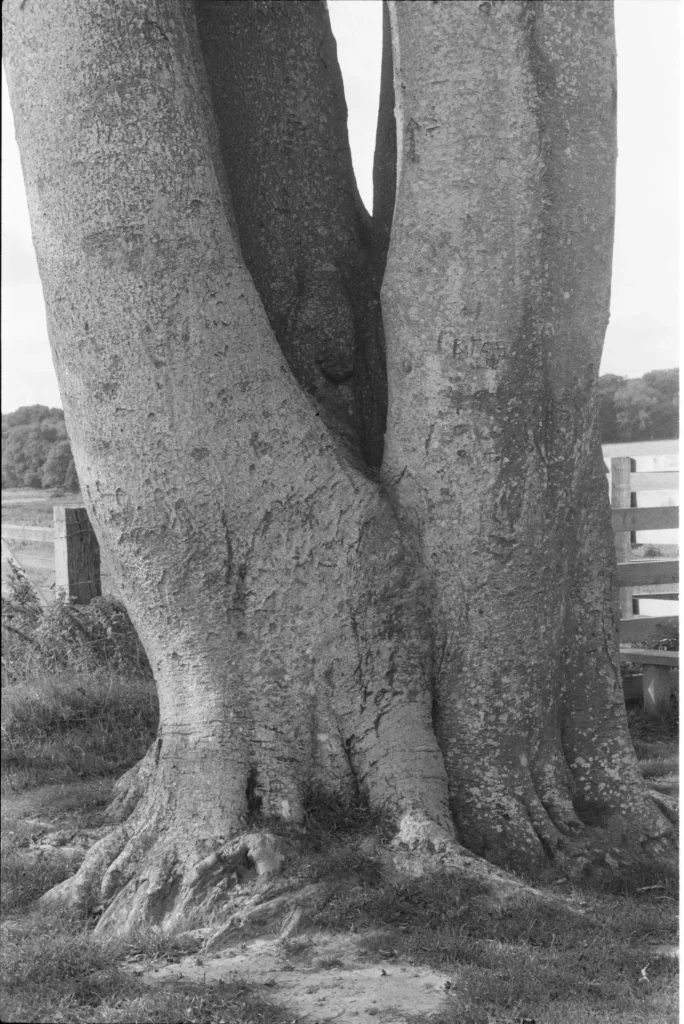
At this speed I would be more inclined to reach for Ilford FP4+.
Shot at ISO200 and developed at ISO400
I really didn’t like this roll. Essentially I was giving the film an extra stop of exposure and developing it as normal. From my experiments I find that HP5 works better (for me) when it’s given a little less light rather than more. I tend to prefer the darker scenes than the bright ones with this film.
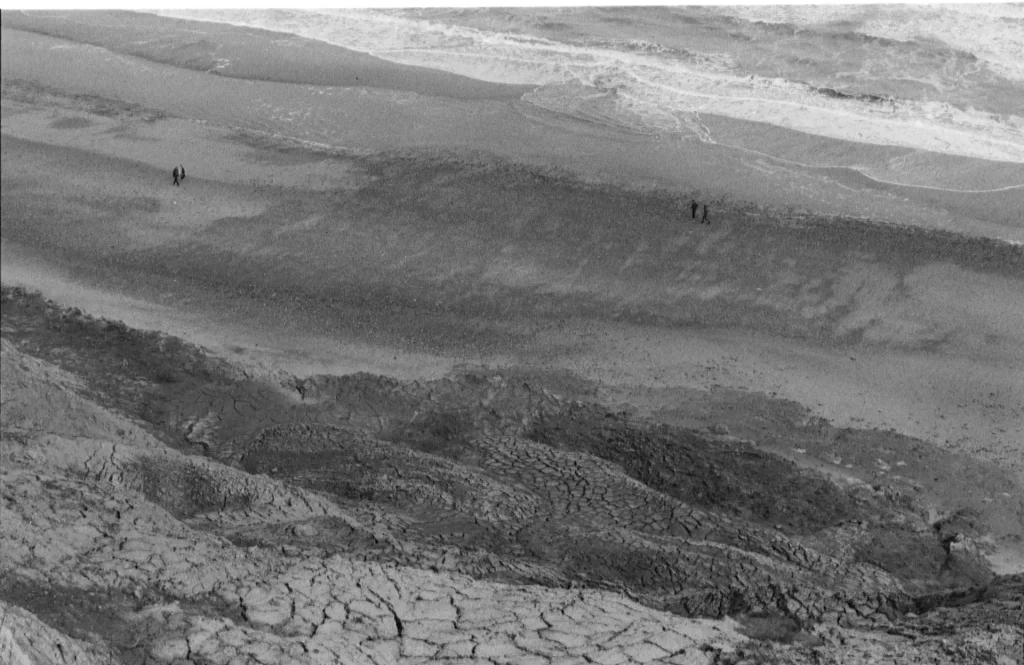
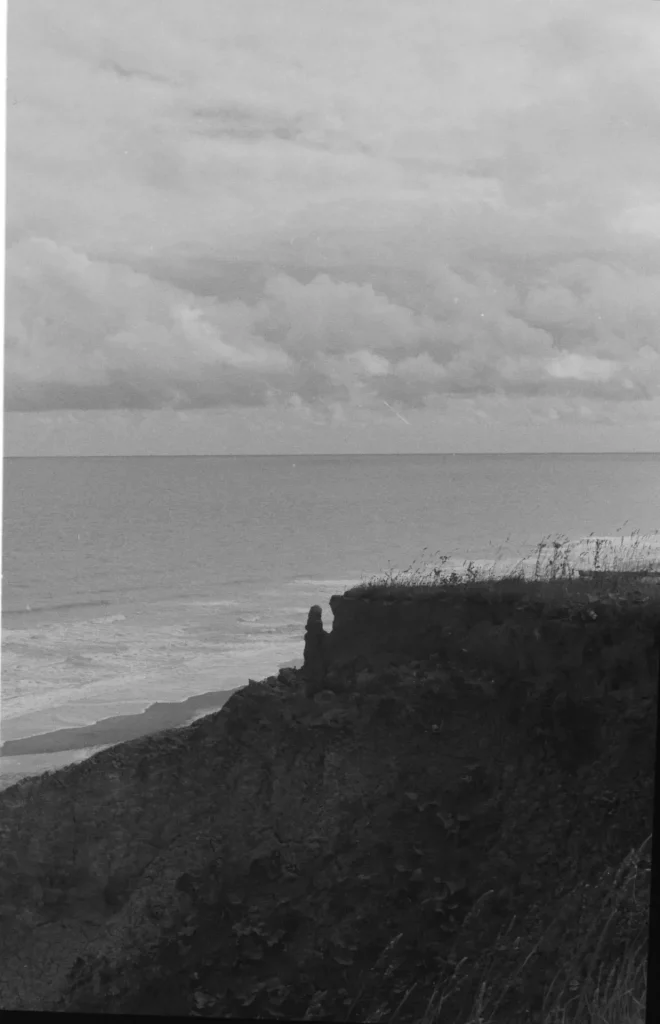
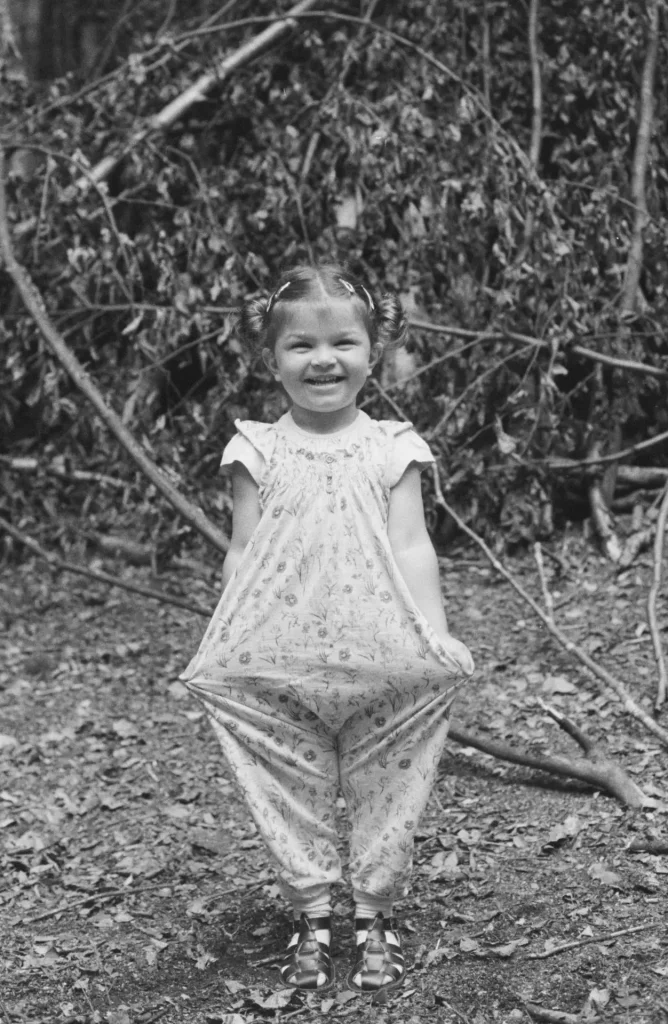
I found that all the images on this roll felt a little flat and lifeless.
Shot and developed at ISO200
I think this was one of my favourite ways to use HP5. I’ve shot some of my favourite images on this particular roll. It reduces the grain that comes at ISO400 whilst retaining some nice contrast.
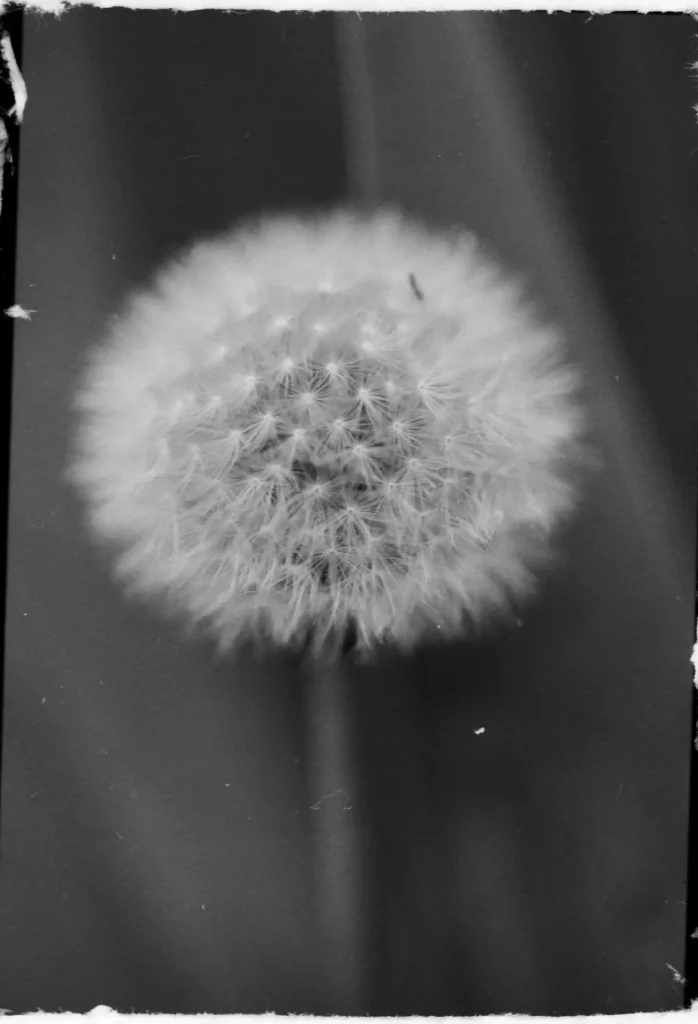
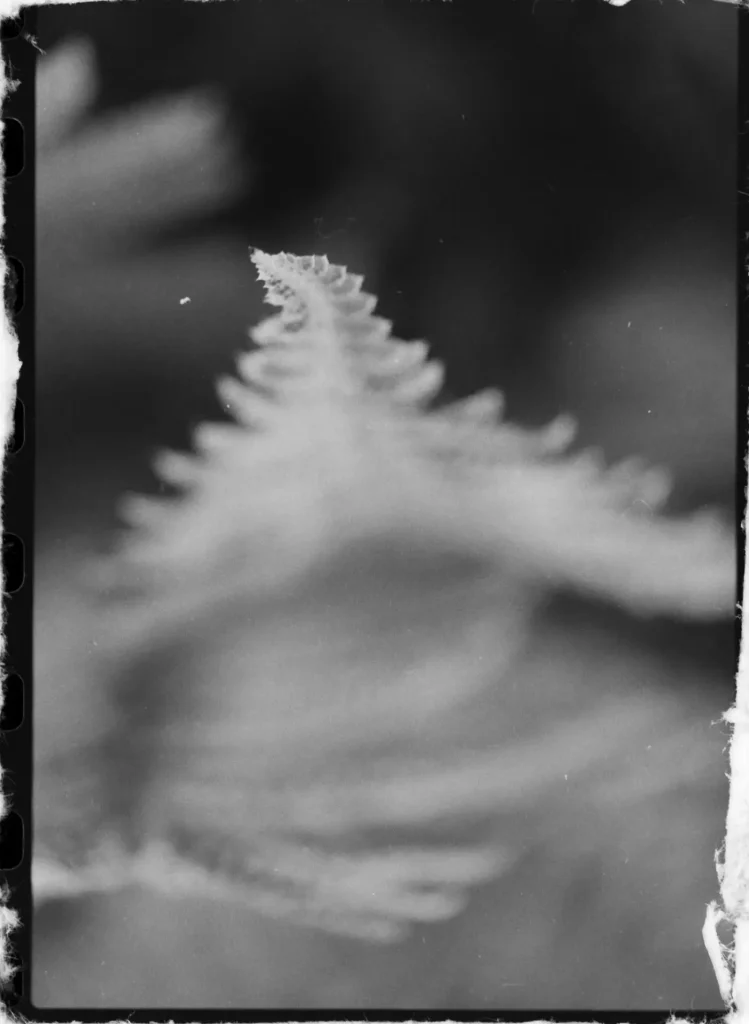
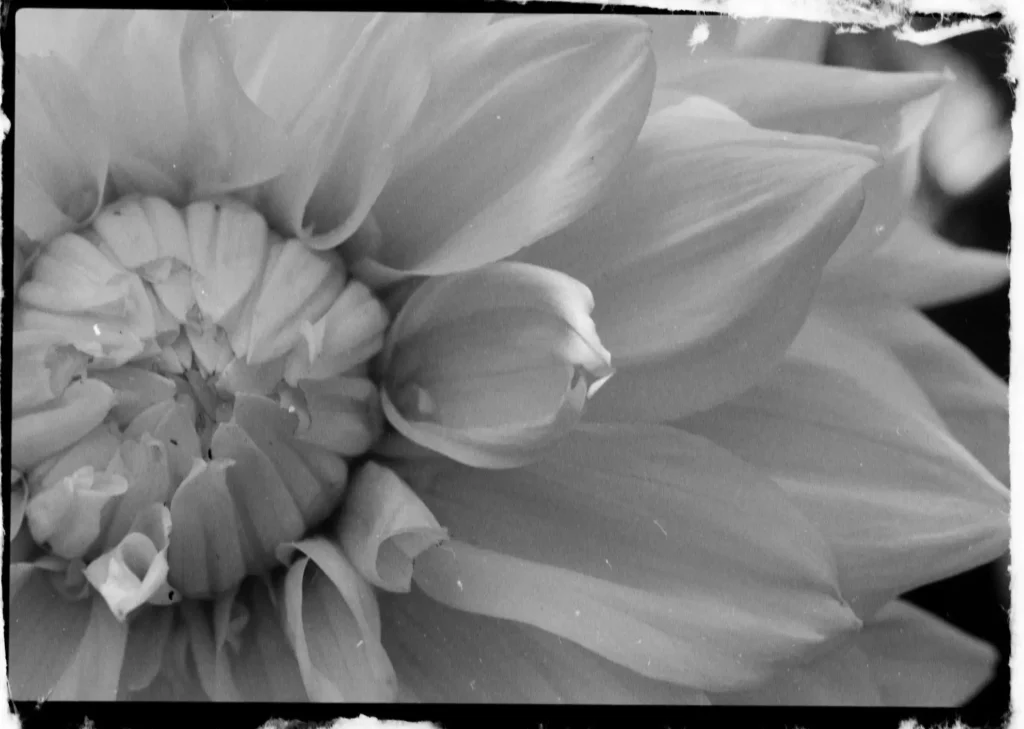
From this roll the macro shots of the dandelion clock and the fern leaf are my favourite. Prints of these two images will soon be available to purchase. I am having them printed by James Lane at Zone Imaging Lab and the profits will be going towards building my own darkroom. Therefore any purchases will be going towards supporting both an independent lab (James) and a little-known creative (me). The prints will be 5×7 and will be £45 to purchase plus PP.
Shot and developed at ISO400
I find this to be hit and miss. I’m not a big fan of grain and often images at this ISO come out very grainy, not always but quite often. Equally a few of my best shots have been on this.
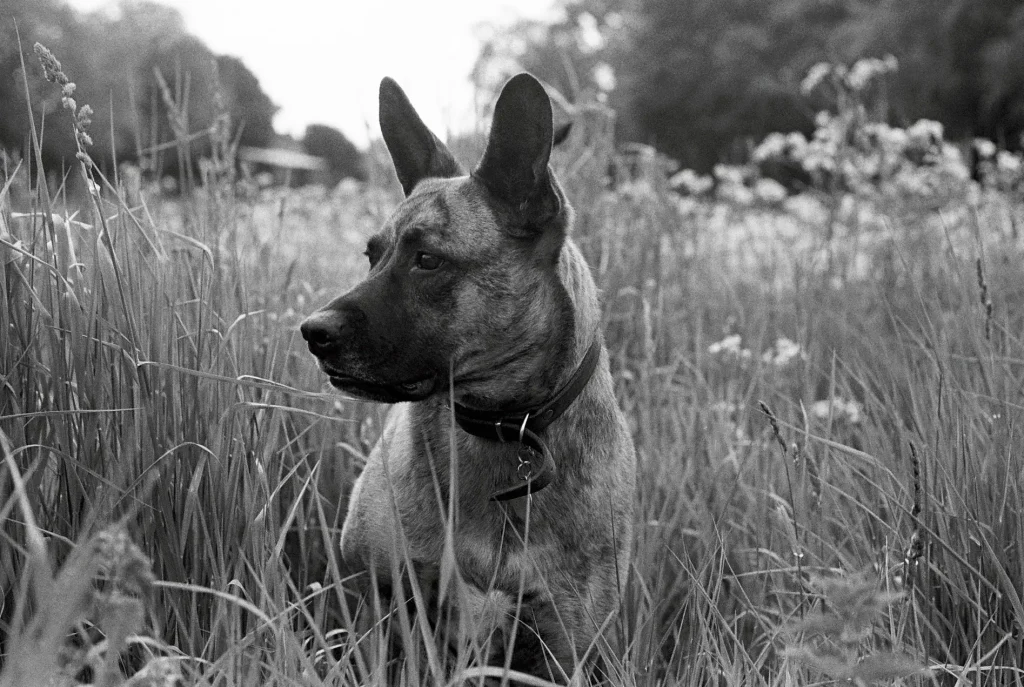
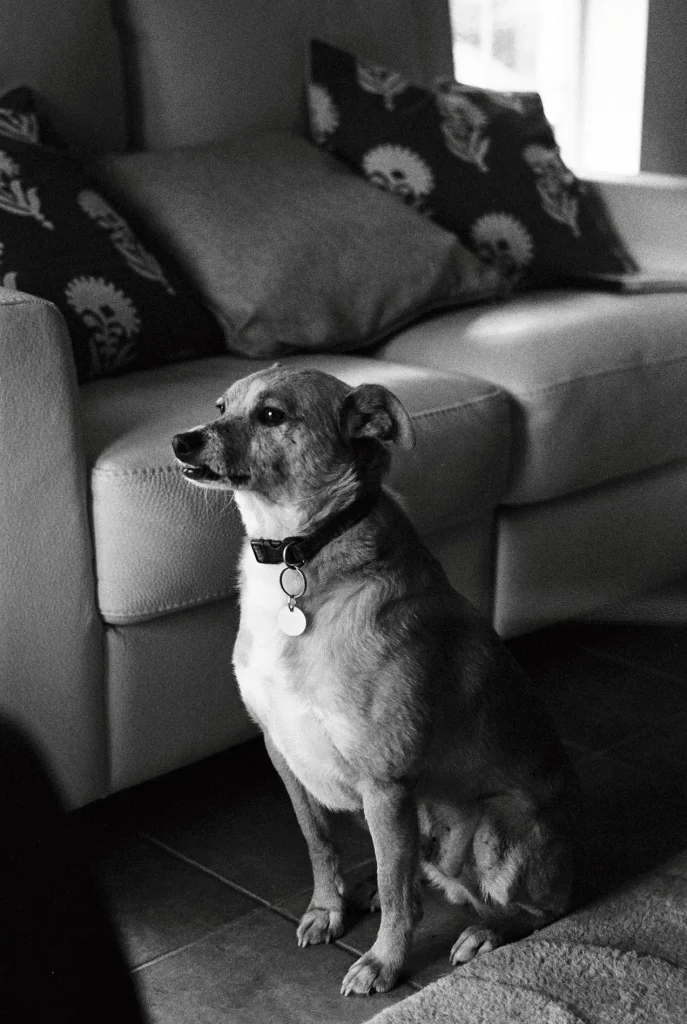
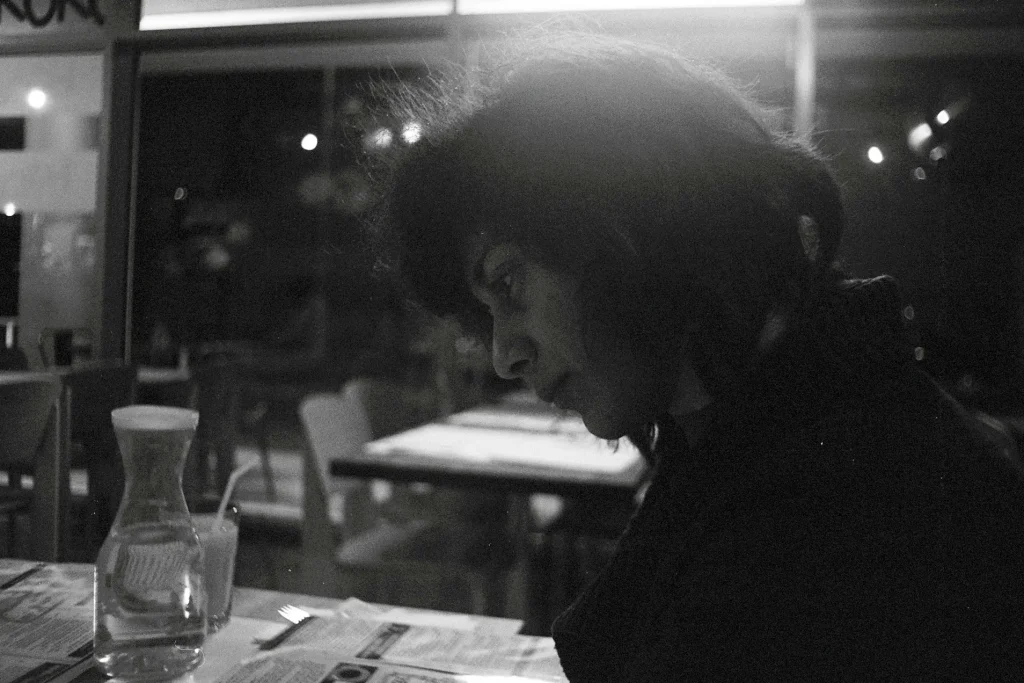
I’d like to try other mid speed film stocks in 35mm to see what I like. In 120 I love Rollei RPX 400, it’s one that I’ll have to try in 35mm.
The shot below will be soon be available to purchase. As with the macro shots above, I am having a limited number of prints created. They will be 5×7 and will be £45 to purchase plus PP.
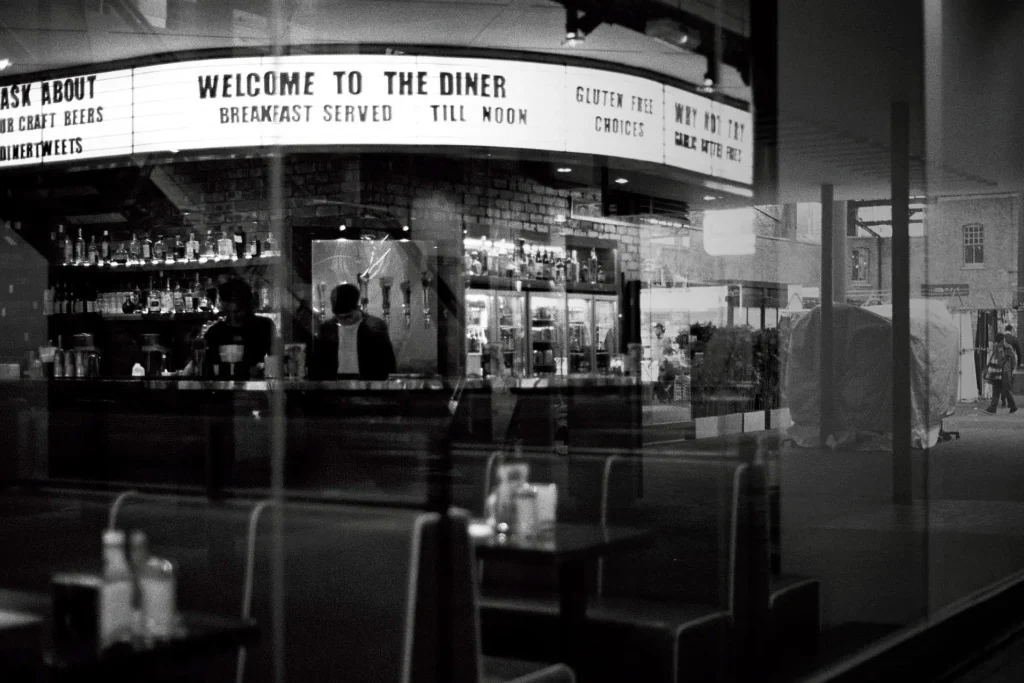
Shot and developed at ISO1600
I don’t feel I did this roll justice. It was definitely an experiment – particularly in how the light meter in my Pentax ME Super coped with metering dark situations.
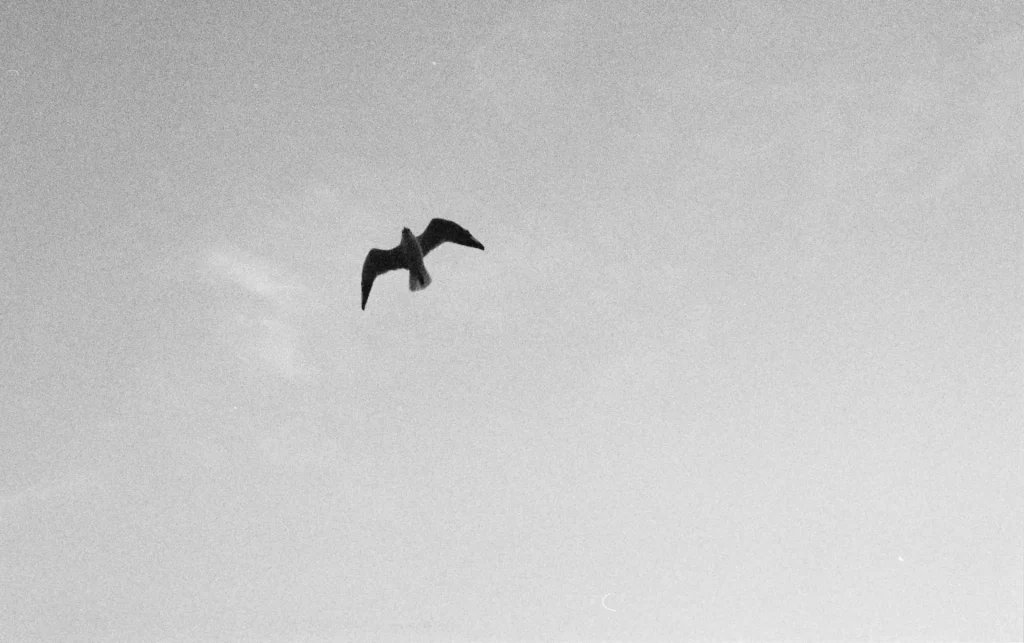
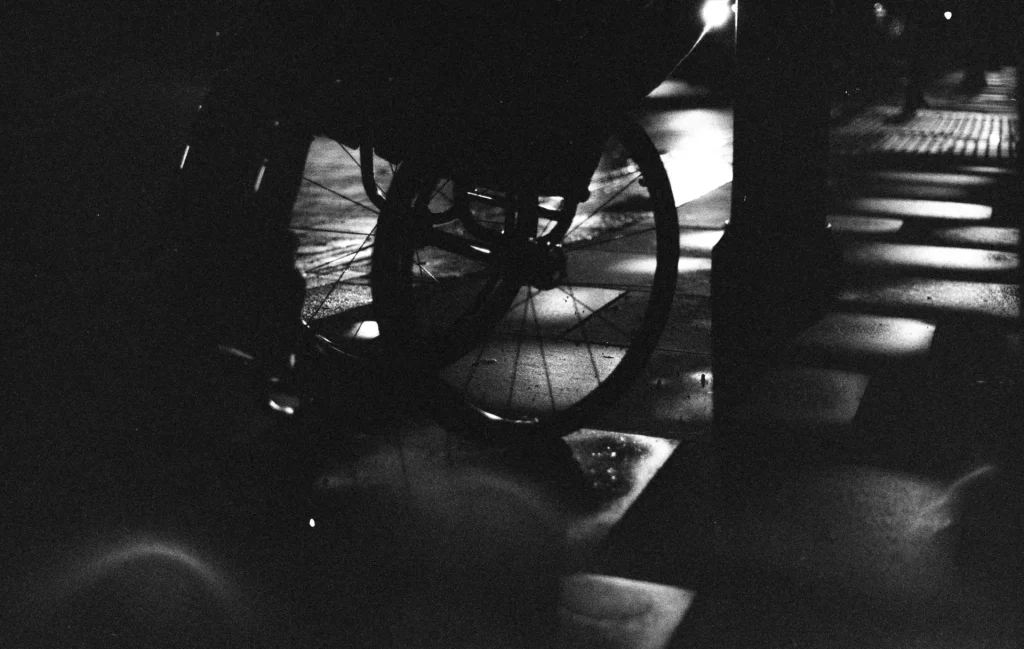
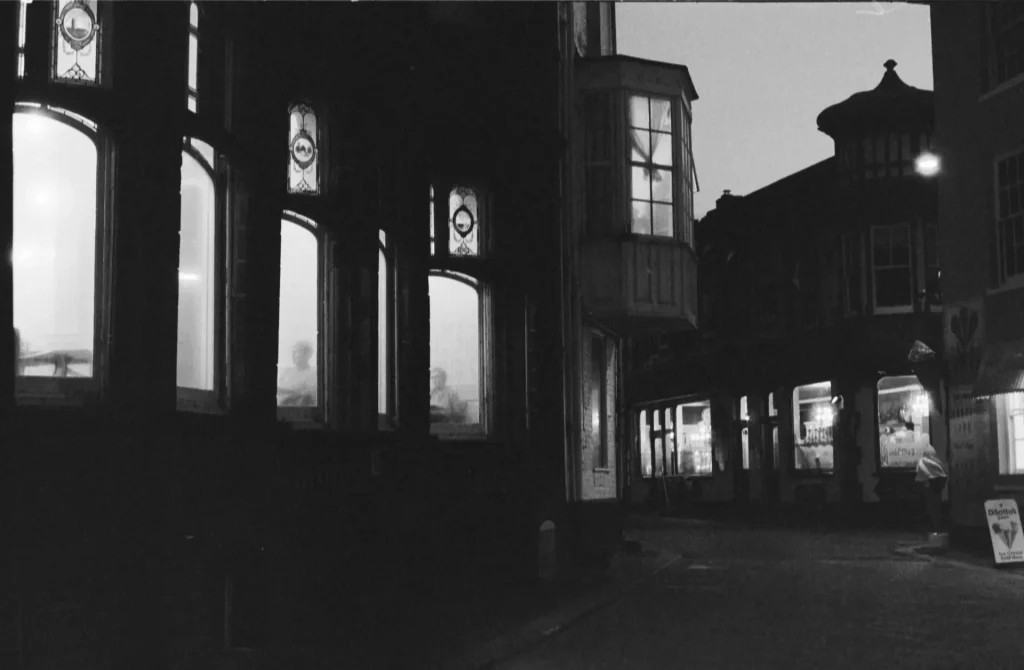
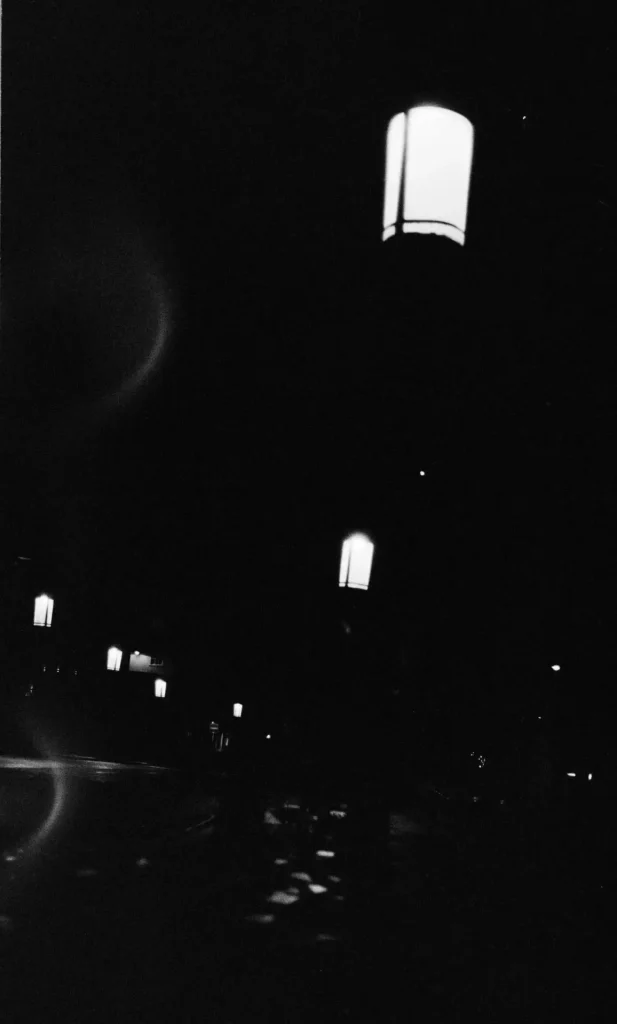
I think there is a lot of potential but I need to practice and experiment more at these high ISOs.
Conclusions
HP5 is still not one of my favourite film stocks but I do think that it is an important one. If I were going on an assignment with no idea what the subject matter, lighting conditions, etc… were going to be, I would stock up on HP5.
I’ll be experimenting more at ISO1600 so who knows, it may be my go to, low light film.
Having said that, I would like to try pushing and pulling other mid speed film stocks to see how versatile they can be. Particularly Rollei RPX 400 as I mentioned above. I’d really love to know your favourite way to use Ilford HP5 or your favourite alternatives and why!
If you’d like to see more of my work, or follow along with my learning journey you can do via my learning log or Instagram. Please get in touch via my website or instagram if you would be interested in purchasing a print.
Share this post:
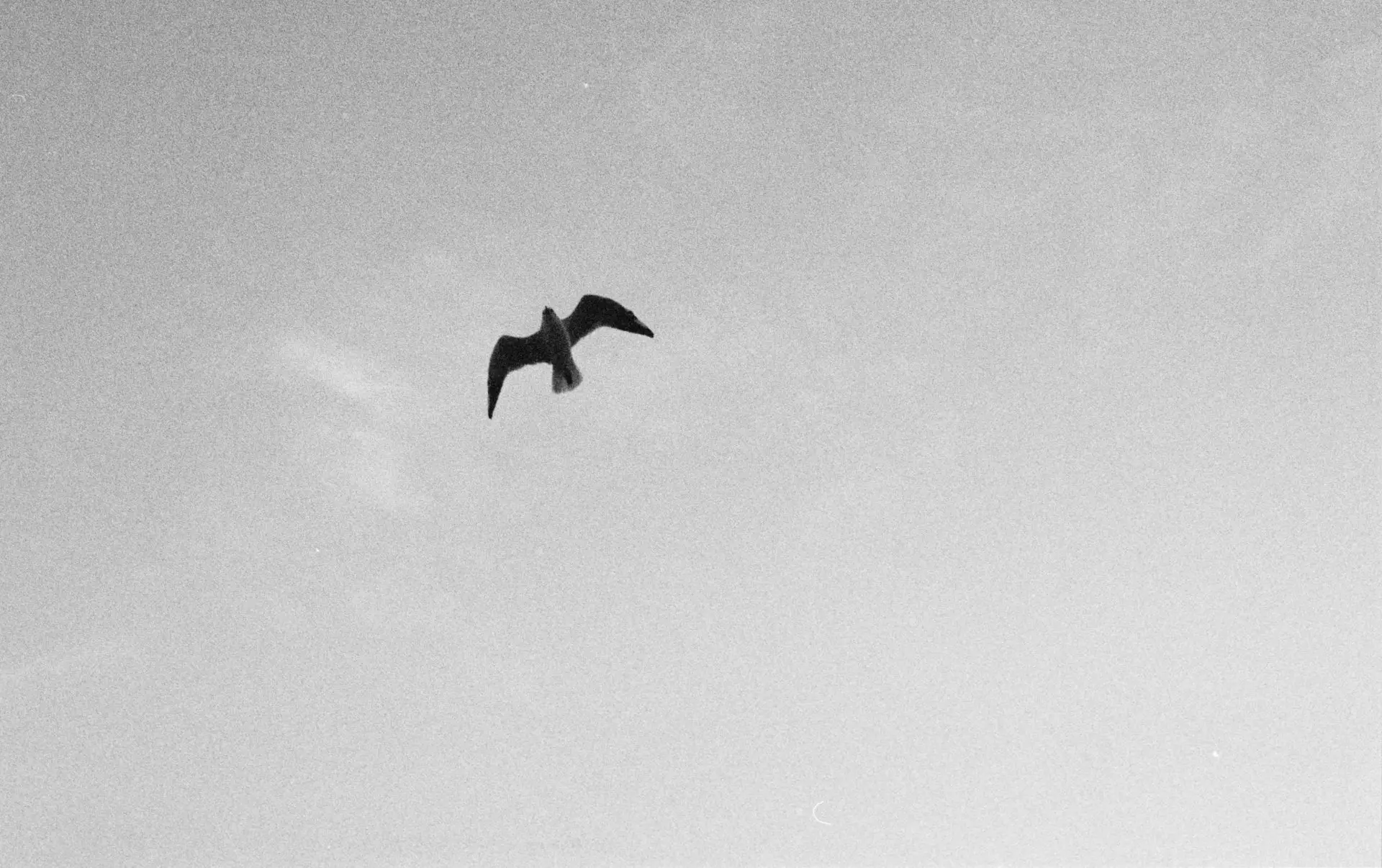








Comments
Rock on Experiments Pushing & Pulling Ilford HP5 – By Holly Gilman
Comment posted: 19/12/2020
Comment posted: 19/12/2020
Rock on Experiments Pushing & Pulling Ilford HP5 – By Holly Gilman
Comment posted: 19/12/2020
Comment posted: 19/12/2020
Rob on Experiments Pushing & Pulling Ilford HP5 – By Holly Gilman
Comment posted: 19/12/2020
Comment posted: 19/12/2020
Daniel Castelli on Experiments Pushing & Pulling Ilford HP5 – By Holly Gilman
Comment posted: 19/12/2020
I quite enjoy your postings - they remind me of myself when I was exploring & learning photography back in the late 1960's (gasp!) Nothing is a failure, you push against boundaries, you see if they work. More importantly, do they work for you? keep your journey going.
There are two types of people who take photographs: one person likes to take photos, the other must make photos. I've been at this now for 50 years. I must make photos - it's now in my DNA. I have a feeling you fall into the second category yourself. Our daughter is an artist; she needs to make art every day.
I like HP-5. I like the grain. I grew up during the the 1960's when LIFE & LOOK published b&w photo stories - grain, glorious grain! But, different strokes for different folks.
However, I never pushed film that much. A fast f/2.0 lens and the light on the subject was sufficient enough. Now I'M beginning to experiment with pushing HP-5 to 1600 and downrating T-MAX 3200 to 1600. Never too old to learn. I guess. Your posting was helpful to me.
I use my camera (M2 Leica) as a sketchbook. Anything that catches my eye I'll try and photograph. Many near misses and outright fails, but I hit the mark often enough to keep me going. I use a Leica and bulk load my film (HP-5) because it fits my style. I try and avoid the whole illogical Leica "thing." Wasted breath. People should take that time and energy for the act of taking pictures.
I'm glad you're committed to building a home darkroom. Time in the darkroom slows down. You're creating much like a craftsperson. Your blood pressure drops, you engage your mind. It's therapeutic. Time spent in a darkroom is never squandered. And, you can always order take out (away.- been there, done that!) if it's getting near mealtime.
Continue your work and continue to give us updates. Merry Christmas. You and your family keep healthy!
Regards,
Dan (flickr.com/photos/dcastelli9574)
Comment posted: 19/12/2020
Kevin Ortner on Experiments Pushing & Pulling Ilford HP5 – By Holly Gilman
Comment posted: 19/12/2020
You shouldn't feel unimpressed with the results of an experiment! Now you know pulling hp5 to 100 is not for you, not for general photography at least, but maybe you find yourself in a situation with extremely harsh lighting and you need to minimize the contrast.
It is good to create these tests and we can learn a lot when thinking outside the box speed. Thanks for sharing!
Comment posted: 19/12/2020
Huey on Experiments Pushing & Pulling Ilford HP5 – By Holly Gilman
Comment posted: 20/12/2020
i love the RPX films but have mainly shot RPX 100 - if you nail the exposure the tones are wonderful but i’ve found that in very high contrast scenes and/or if you miss the exposure it loses the magic.
Comment posted: 20/12/2020
Comment posted: 20/12/2020
Comment posted: 20/12/2020
Comment posted: 20/12/2020
Comment posted: 20/12/2020
Comment posted: 20/12/2020
Comment posted: 20/12/2020
Comment posted: 20/12/2020
Andre on Experiments Pushing & Pulling Ilford HP5 – By Holly Gilman
Comment posted: 20/12/2020
Rollei RPX and new Agfa APX are repacked Kentmere films
Comment posted: 20/12/2020
Comment posted: 20/12/2020
Comment posted: 20/12/2020
Bert T. on Experiments Pushing & Pulling Ilford HP5 – By Holly Gilman
Comment posted: 20/12/2020
Comment posted: 20/12/2020
Neal Angrisano on Experiments Pushing & Pulling Ilford HP5 – By Holly Gilman
Comment posted: 20/12/2020
Comment posted: 20/12/2020
alex on Experiments Pushing & Pulling Ilford HP5 – By Holly Gilman
Comment posted: 27/12/2020
Then the scanning part plays a big role too
cheers
alex
Sam on Experiments Pushing & Pulling Ilford HP5 – By Holly Gilman
Comment posted: 19/02/2021
Comment posted: 19/02/2021
Pan on Experiments Pushing & Pulling Ilford HP5 – By Holly Gilman
Comment posted: 28/07/2021
Ruediger Hartung on Experiments Pushing & Pulling Ilford HP5 – By Holly Gilman
Comment posted: 25/12/2021
1. make a contrast measurement
(Your night shots have a high contrast and pull would be appropriate!
Mostly brightness is also confused with contrast. At midday in the sun there is often low contrast -> see your ISO 200 shots, e.g. of the tree. Push would be better here. With Pull the upper tonal values are compressed too much, i.e. not differentiated enough).
2 Adjust the ISO accordingly
(The purpose of this adjustment is not the sensitivity, but so that zone V remains as such with push or pull!
In the original Ansel Adams method for contrast adjustment, the ISO is not changed, only the development time. This shifts the upper zones, which does not matter for landscape shots, but it does for portraits - zones IV to VI, depending on the skin type).
3. adjust the development time.
Pull reacts insensitively to exposure errors, but very sensitively to small deviations in the development time.
With Push it is the other way round.
4. If you want to increase the sensitivity without changing the contrast significantly, you should use a two-bath.
HP5 @ ISO 25,000 is no problem then.
5. Every film has a different spectral sensitivity, which you should know and correct with colour filters depending on the motif.
There are no good or bad films.
There is only a lack of experience.
Nicholas on Experiments Pushing & Pulling Ilford HP5 – By Holly Gilman
Comment posted: 05/01/2023
Example,: Your camera at 200 ISO may be a totally different exposure than my camera at 200 ISO. They may be DRAMATICALLY different in exposure. In school we calibrated our cameras, to our enlargers, to our development styles, using a Varity of tests before learning to print in the darkroom. To get the same Prints some of us would need to shoot film at 800ISO vs others who would shoot the same film at 400 ISO, just because of light meter and shutter differences in our cameras. Film Cameras are mechanical and there are deviations in performance and exposure settings. Even if we both shoot a Nikon F2, my exposures will vary from yours with the same settings, although they may be slight OR dramatic.
So, your camera at 200 ISO with HP5 may be a totally difference exposure value than with my camera, thus changing grain, exposure, etc. Although everyone agitates differently, no matter what you do, thus changing contrast and grain.
Also Philip Perkis shoot 400ISO film his entire career at around 100 ISO. worked for him.